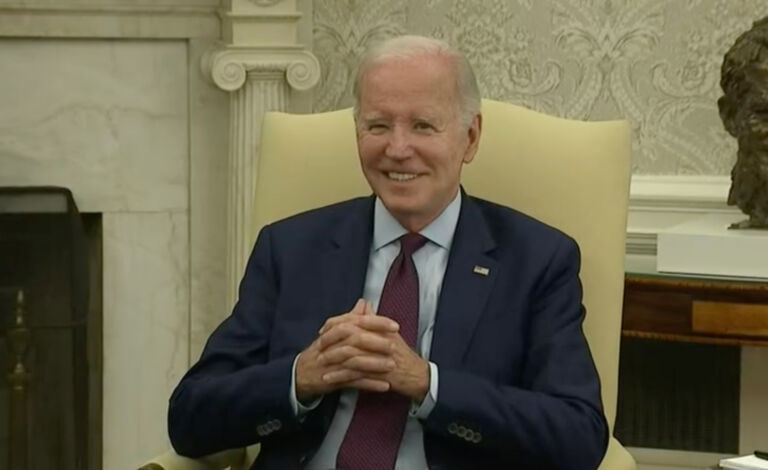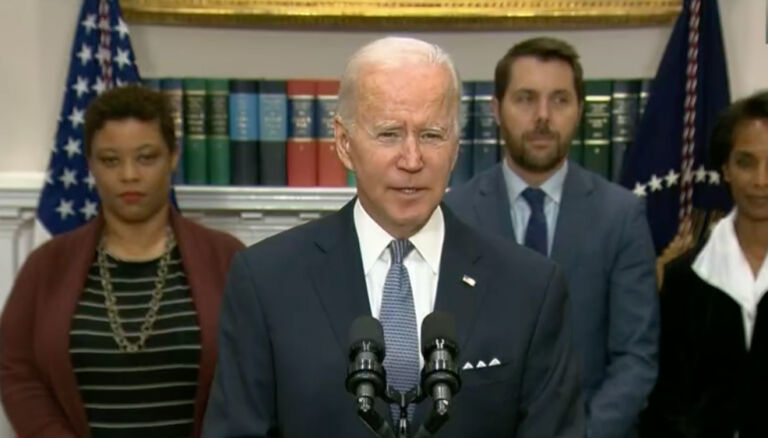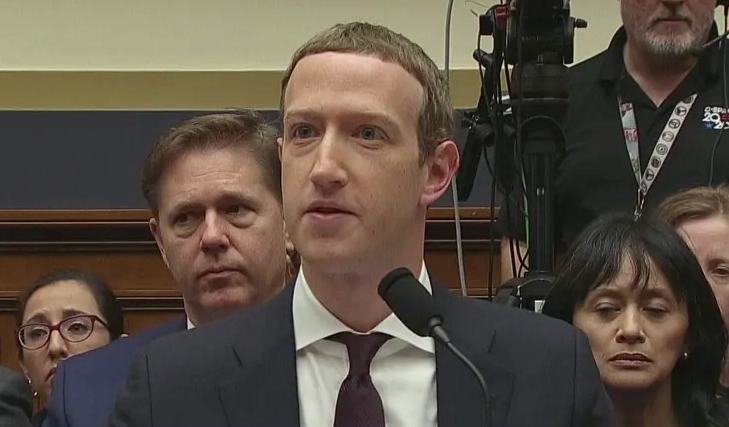Haisten Willis of the Washington Examiner reports on a dispute involving one of President Biden’s questionable initiatives.
The White House is once again quarreling with budget scorekeepers over the cost of its policies, this time over the impact of the massive student debt transfer President Joe Biden announced in August.
A Congressional Budget Office estimate holds that Biden’s plan will cost taxpayers roughly $400 billion. The White House issued a memo arguing the true number could be much lower, but both conservatives and nonpartisan think tanks disagree.
“Regardless of whether it’s $250 billion, $400 billion, or higher, the point I’d like to make is it’s a big number,” said Bill Hoagland, senior vice president of the Bipartisan Policy Center. “It will more than swamp anything that was in the Inflation Reduction Act in terms of deficit reduction over the next 10 years.”
Last month, the Biden administration announced it was forgiving $20,000 in student loans for every borrower with an annual income below $125,000 who had received a Pell Grant in their financial aid package. All other borrowers in the income bracket are eligible for $10,000 in loan forgiveness.
For its estimate, the CBO approximated that 95% of student loan borrowers were eligible for some forgiveness, and 65% were eligible for the full $20,000 cancellation. Of those eligible, the CBO estimated that 90% would apply for loan forgiveness and 45% of borrowers would have their entire outstanding balance eliminated, arriving at a final estimate of $400 billion.
In its analysis, the CBO did not account for the administration’s changes to the income-driven repayment program, which lower borrowers’ monthly payment requirements based on their income and potentially drive the true cost far higher.
The White House did not address this either but took issue with other aspects of the analysis in a memo titled “Translating CBO for Non-Budget Wonks.”


